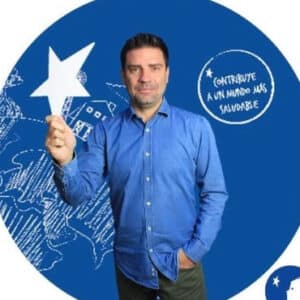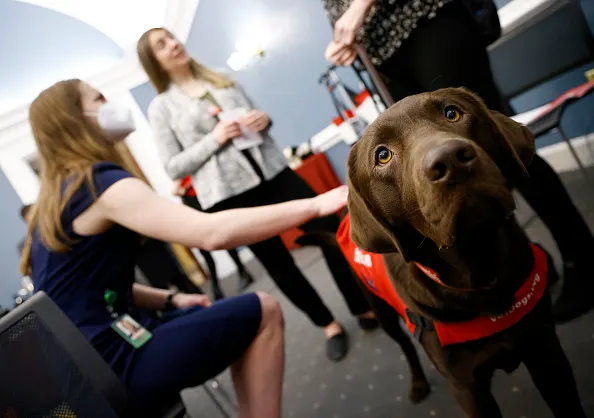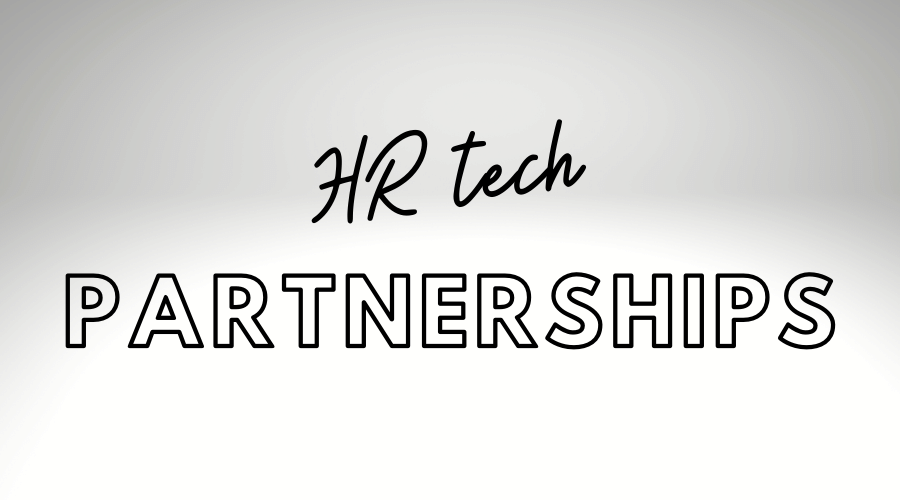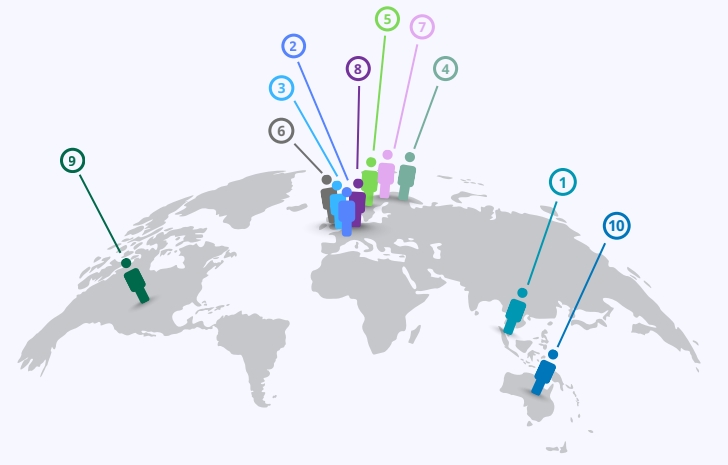When Vincent Favre, organizational development director at multinational food corporation Danone, told a room full of HR leaders to facilitate workforce planning by “hijacking the business routine,” it sounded almost rebellious. But his point was practical.
Too often, he said, strategic workforce planning (SWP) is treated as an HR project that lives outside of business operations. Danone took the opposite approach. “Don’t create a new process for workforce planning,” Favre said at the Gartner HR Symposium this year. “Hijack business routines.”
Danone’s goal was to move workforce planning from an annual exercise to an ongoing business capability. Instead of running strategic workforce planning (SWP) as a separate HR process, Favre and his team embedded it directly into the company’s business reviews and operating plans.
By doing so, workforce planning became part of the rhythm of the business. “It’s not about the budget,” Favre said. “It’s about the conversation.”

This shift changed how business leaders engaged with HR, according to Favre. When the company’s zone presidents now review their business units each quarter, they include three slides dedicated to workforce planning. Those slides don’t just show headcount numbers. They highlight how workforce strategy aligns with growth, productivity and transformation goals.
Planning around positions, not people
The foundation of this approach lies in precision. Danone’s HR and organizational design teams realized that most workforce planning fails because it focuses on people rather than the work itself.
“Positions are your planning object,” Favre said. “HR and finance often plan around people, but we need to plan around positions.”
This focus on positions, roles and data helped Danone strengthen the link between business needs and talent. For example, the company simplified its structure from 90,000 positions to 1,300 roles. This allowed HR to see where work was being done, what skills were required and how capacity aligned with strategy.
When Danone paired this clarity with Orgvue’s organizational design platform, accuracy improved and workforce data became a shared asset across HR, finance and operations. As Favre put it, “We’re no longer planning around names. We’re planning around the work that gets done.”
Shifting from cost to capability
This new approach also changed how the company invested in people. Historically, workforce transformation meant job cuts and severance costs. Danone turned that mindset on its head. “We transformed severance money into upskilling and reskilling money,” Favre said. “Our CHRO said she was proud that we were able to make that shift.”
The result was more than financial. Of 800 roles that were impacted by a transformation, 90% of employees were offered new internal roles, and 70% accepted. Employee engagement increased, and HR’s net promoter score for its workforce platform jumped from four to eight out of 10.
Making SWP a shared discipline
One reason this strategy worked, Favre said, is that workforce planning became a shared discipline across functions. HR didn’t own it alone. Finance and operations were active participants, aligning workforce capacity with business goals.
“Workforce planning enables HR to have better conversations with business leaders,” he said. “It connects organizational design, talent and learning. It helps us talk about employability, not just structure.”
This integration helped HR shift from reactive support to a strategic partnership. Instead of responding to restructuring requests, HR began leading discussions about the future of work, skills and performance.
How to make it real
For HR leaders looking to apply this mindset, Favre suggested they stop building new governance models and start using the ones the company already has. Insert workforce planning into business reviews, strategic plans and budgeting cycles.
At Danone, those conversations have become the engine of transformation. HR is no longer presenting only engagement data or diversity ratios at strategy meetings. Instead, it is helping business leaders understand how work gets done, what skills will be needed next and how to prepare the workforce for the future.
For Favre, this is what it means to hijack the business strategy: Don’t disrupt for the sake of disruption. “When you embed workforce planning into existing business routines, you don’t need a new process,” he said. “You just need to change the intention behind the conversations.”





















